
Spot These Early Signs of Leukemia Before It’s Too Late
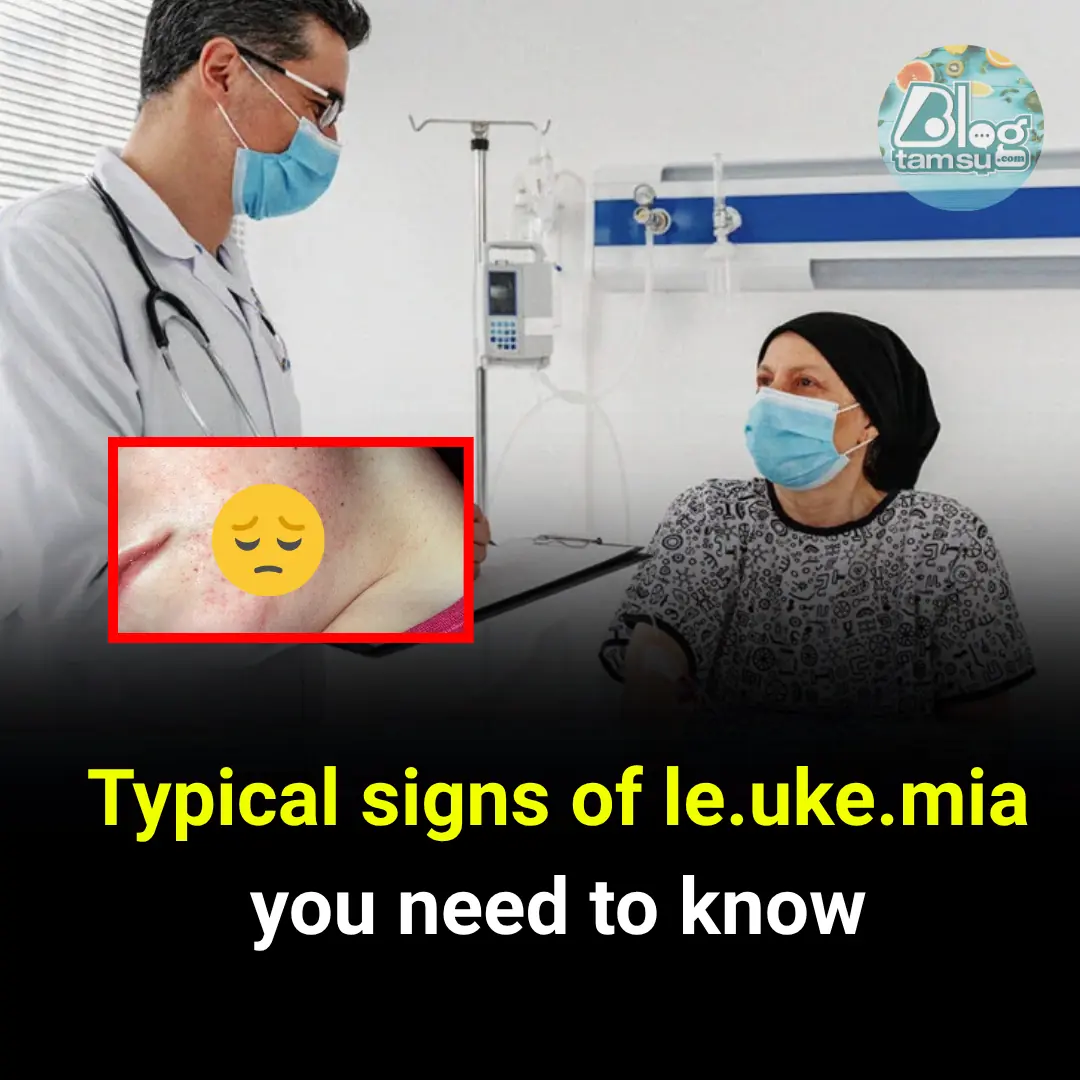
Blood Cancer: Key Facts and Early Warning Signs You Should Know
Blood cancer is one of the most common types of cancer, significantly affecting blood cells and bone marrow. So, what are the early warning signs of blood cancer? Let’s explore some important information in the article below.
1. Blood Cancer – Basic Information You Should Know
1.1 What is Blood Cancer?
Blood cancer is a disease that affects blood cells and bone marrow—the spongy tissue inside bones where blood cells are produced and develop into red blood cells, white blood cells, or platelets.
These blood cells play crucial roles: transporting oxygen throughout the body, fighting infections, and aiding in blood clotting. In blood cancer, the blood cells fail to develop and mature properly, resulting in abnormal functioning.
1.2 Types of Blood Cancer by Symptoms
Blood cancer can occur in both adults and children, with three main types:
-
Leukemia: White blood cells are vital to the immune system. In leukemia, immature white blood cells multiply excessively and function poorly, disrupting immune balance. They also crowd out red blood cells, leading to anemia.
-
Lymphoma: This type affects lymphocytes (a type of white blood cell that helps fight infection) and their circulation throughout the body to support immunity. Abnormal lymphocyte growth can form tumors, weaken the immune system, and impair organ function.
-
Myeloma: This disease affects plasma cells (a type of white blood cell that produces antibodies). Abnormal plasma cell growth can weaken healthy cells and reduce bone marrow’s ability to produce blood cells.
1.3 Causes and Risk Factors of Blood Cancer
Blood cancer results from mutations in the DNA of blood cells, though the exact cause remains unknown. However, certain factors can increase the risk:
-
Age: It can occur at any age, but middle-aged individuals face higher risk.
-
Gender: More common in men than women.
-
Race: Genetic factors and mutation tendencies can play a role—Black individuals tend to have higher risk compared to White individuals.
-
Family history: DNA mutations may be inherited.
-
Radiation and chemical exposure: Both can damage DNA and trigger mutations.
-
Cigarette smoke: Contains harmful substances linked to cancer.
-
Underlying health conditions: Chronic diseases like diabetes, cirrhosis, and hepatitis may increase risk.
2. Early Symptoms of Blood Cancer
2.1 General Symptoms
-
Fatigue: Persistent weakness and exhaustion affecting daily life.
-
Prolonged high fever: May indicate immune system abnormalities, especially in white blood cells.
-
Night sweats: Excessive sweating at night causing discomfort or waking the patient.
-
Unexpected bleeding or bruising: Unexplained bruises or blood spots that don’t fade after two weeks.
-
Rapid weight loss: Cancer cells consume nutrients and energy, making the body more prone to infection.
2.2 Specific Symptoms by Type
In addition to the above, specific symptoms include:
-
Swollen lymph nodes, enlarged liver, and spleen: Common in leukemia or lymphoma due to excess cancer cells blocking lymphatic flow.
-
Bone pain: Typical in leukemia or myeloma, ranging from mild to severe (back, thighs, arms, or tender bone spots).

3. How Dangerous is Blood Cancer?
Survival rates for blood cancer have improved in recent years, especially for leukemia.
-
Lymphoma: 5-year survival rate ranges from 73–87%.
-
Multiple myeloma: Dangerous but treatable, with a 5-year survival rate of about 52%.
Prognosis can improve if the patient responds well to treatment. Maintaining a positive mindset is important for enhancing survival.
Potential complications include:
-
Bone fractures if cancer invades bone marrow.
-
Hypercalcemia from bone breakdown.
-
Kidney failure due to anemia and poor blood flow.
-
Kidney damage from excessive white blood cells.
-
Infections from a weakened immune system.
-
Anemia due to excess white blood cells.
-
Bleeding, nosebleeds, or even brain hemorrhage when platelet count is low.
4. Diagnosis and Early Treatment of Blood Cancer
Diagnosis can be made through medical examination or early clinical signs, but to determine the exact cause, you may need:
-
Clinical examination of symptoms.
-
Blood tests.
-
Imaging tests.
-
Bone marrow biopsy.
-
Blood smear test.
Seek medical attention if you experience: significant weight loss, persistent bruising, prolonged fever, or chronic infections that don’t resolve.
Treatment options include:
-
Chemotherapy.
-
Radiation therapy.
-
Stem cell transplantation.
-
CAR-T cell therapy.
-
Palliative care for advanced cases.
This information covers key facts about blood cancer and its typical warning signs so you can take timely action, receive appropriate treatment, and improve both your health and prognosis.
News in the same category

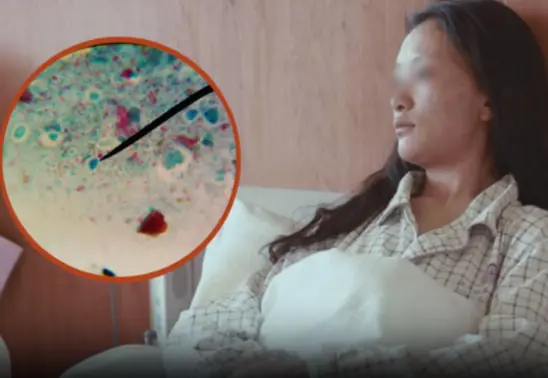
24-Year-Old Woman Suffers Stomach Perforation Due to One Common Morning Coffee Mistake
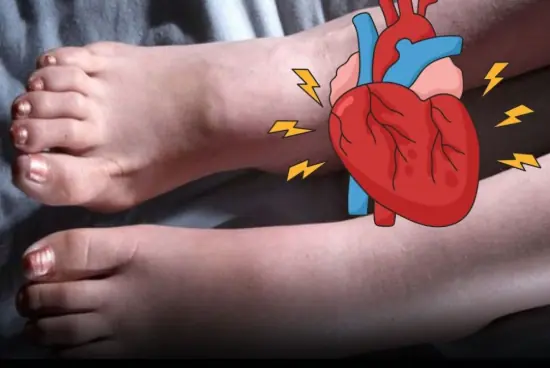
One Month Before A Heart Attack, Your Body Will Warn You Of These 7 Signs

This One Superfood Could Tackle Major Health Issues—Here’s What You Need To Know

Anyone with high blo.od fat should use this seed: just about $0.20 per handful, and every part—from leaves to roots—is medicinal

Why Your Hard-Boiled Eggs Have That Weird Green Ring
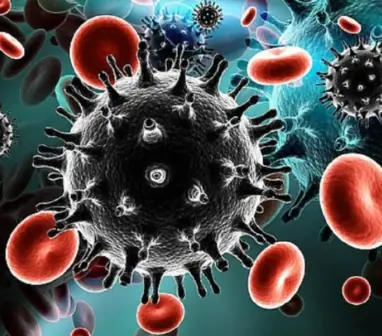
Itching in 9 Areas: A Warning Sign of Malignant Tumors, Number 7 Is the Most Common
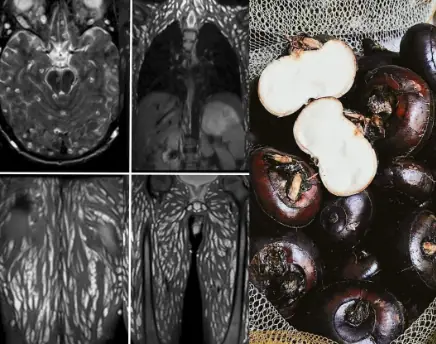
Eating Just One Bite is Already Harmful, But Many Still Eat It Without Worry

A 4-Year-Old Girl Nearly Lost Her Life to Diabetes — Parents in Tears: “I Spoiled Her Too Much!”

3 Signs Your Parent May Be Nearing the End of Life — How to Prepare for What’s Ahead

With just one tablespoon of olive oil a day, the body can gain multiple benefits for the heart, digestion, and skin—if used correctly.

A month before a stroke, your body warns you: 10 signs not to ignore
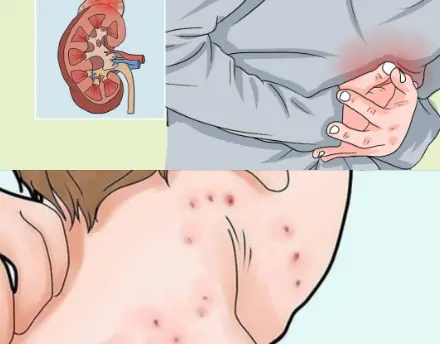
Early Signs of Kidney Disease & How to Protect Your Kidneys (Evidence Based)

What Does It Mean When You Dream About Someone Close Who’s Died?

Is Falling Asleep the Moment You Lie Down a Good Thing? Many People Have Been Misunderstanding This

Never Pair Eggs With These 3 Foods: Your Health May Suffer

WHO warns: Stop immediately if you are eating too much of these four types of fish
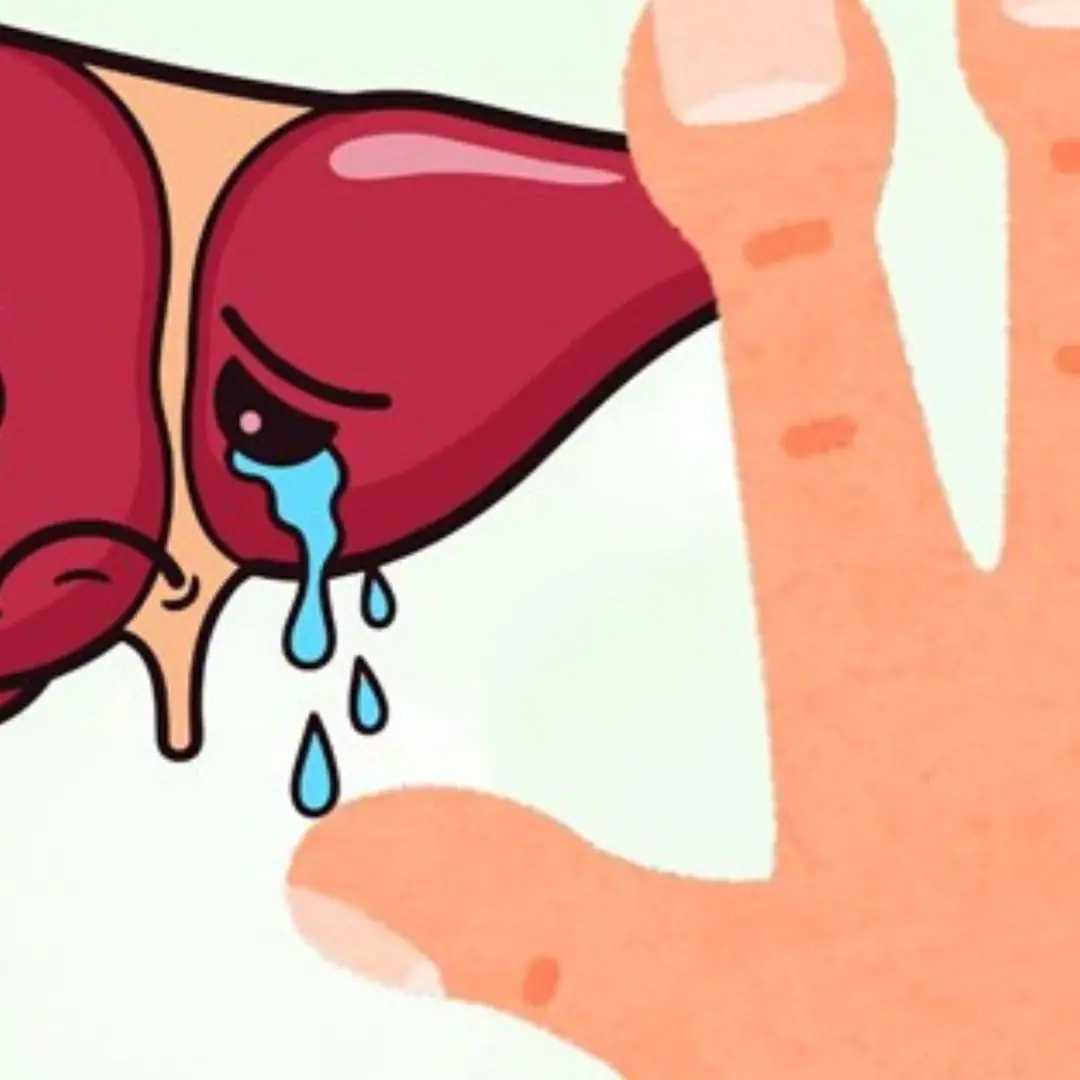
People with liver failure often have 3 characteristics on their hands, if you have 1 you should see a doctor soon

3 vegetables that can.cer cells ‘can’t stand’: Easy to find at any marketcombining them may double the benefits

My son introduced his girlfriend, and I was very wo.rried...
News Post

Scientists May Have Actually Found One Of The Causes Of Autism

24-Year-Old Woman Suffers Stomach Perforation Due to One Common Morning Coffee Mistake

One Month Before A Heart Attack, Your Body Will Warn You Of These 7 Signs

This One Superfood Could Tackle Major Health Issues—Here’s What You Need To Know

Anyone with high blo.od fat should use this seed: just about $0.20 per handful, and every part—from leaves to roots—is medicinal

Why Your Hard-Boiled Eggs Have That Weird Green Ring

Itching in 9 Areas: A Warning Sign of Malignant Tumors, Number 7 Is the Most Common

A 111-year-old man eats these two foods every day—and they’re incredibly cheap at local markets

Eating Just One Bite is Already Harmful, But Many Still Eat It Without Worry

A 4-Year-Old Girl Nearly Lost Her Life to Diabetes — Parents in Tears: “I Spoiled Her Too Much!”

3 Signs Your Parent May Be Nearing the End of Life — How to Prepare for What’s Ahead

With just one tablespoon of olive oil a day, the body can gain multiple benefits for the heart, digestion, and skin—if used correctly.

A month before a stroke, your body warns you: 10 signs not to ignore

Early Signs of Kidney Disease & How to Protect Your Kidneys (Evidence Based)

What Does It Mean When You Dream About Someone Close Who’s Died?

8 Foods You Should Not Combine With Chicken Meat — Everyone Should Know to Avoid Health Risks

Is Falling Asleep the Moment You Lie Down a Good Thing? Many People Have Been Misunderstanding This

Never Pair Eggs With These 3 Foods: Your Health May Suffer

WHO warns: Stop immediately if you are eating too much of these four types of fish
